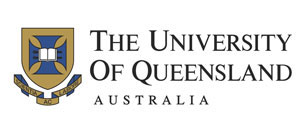Lisa Ottenhaus
Steel-Timber Research Project Steering Committee
The University of Queensland, Lecturer in Structural Engineering School of Civil Engineering

About
Lisa Ottenhaus is a structural engineer and lecturer at the School of Civil Engineering, the University of Queensland (UQ), in Brisbane, Australia, with expertise in design of timber connections. Before joining UQ, Lisa undertook a PhD at the University of Canterbury, New Zealand, researching connections in tall timber buildings, and holds a Master of Science in Structural Engineering from TU Delft, and a Bachelor of Science in Civil Engineering from Karlsruhe Institute of Technology.
Ottenhaus and their research team currently focus on off-site timber construction, investigating different timber materials and systems, such as CLT, light timber framing, and novel timber materials and systems. Part of their work aims to minimize the environmental impact of the construction industry, and to transition the construction industry toward a circular framework, e.g. by designing buildings for…

CTBUH Roles
Steel-Timber Research Project Steering Committee (2022 – Present)
Get the Latest News and Updates from CTBUH
Fields with an asterisk (*) next to them are required.
View our privacy policy
